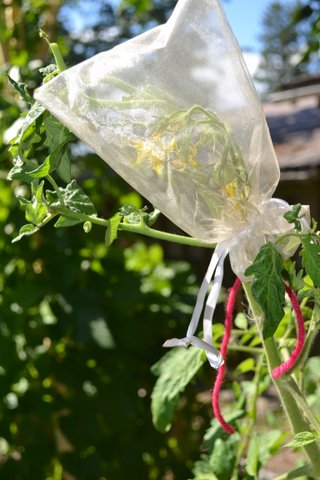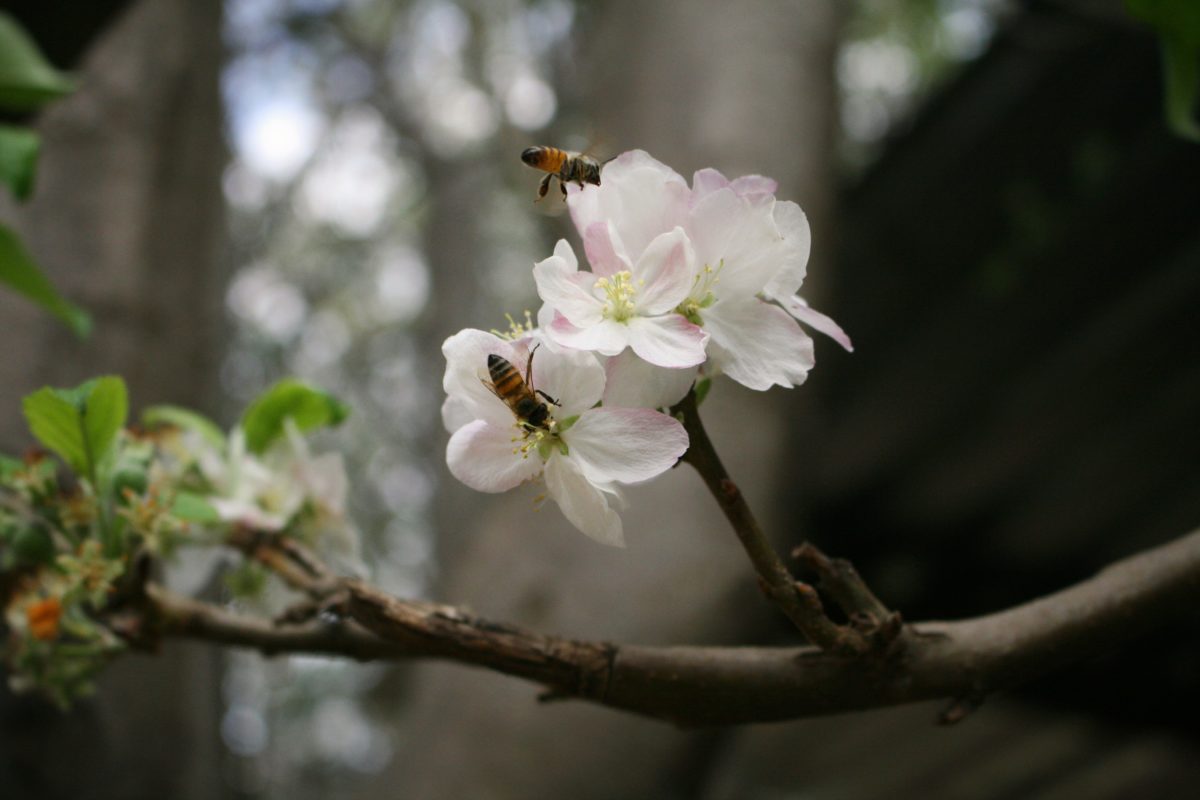Growing Peppers, Pepper Facts
4 Ways To Prevent Pepper Cross-Pollination
If you’re wondering how your habanero seeds suddenly produced pods that look like ghost peppers, then you’re pepper plant has most likely suffered from unintentional cross-pollination. Cross-pollination is a common and natural form of breeding in plants where two varieties intermix to produce a new type containing traits from the initial parents. It is typically done intentionally to create new varieties of plants that exhibit desirable qualities.
However, unintentional or accidental cross-pollination can be a severe problem, especially if you’re trying to preserve your crop varieties for seed extraction. And, this is often the case for pepper growers who are managing two or more hot pepper varieties in their farm or garden.
Read more on How To Grow Peppers: Tips and Tricks.
What Causes Unintentional Cross-Pollination?
Mother Nature has a natural course for things, even when it comes to planting propagation through cross-pollination. That’s all good; however, it can be a big problem if you want your red ghost peppers and yellow Carolina reapers to keep on producing their intended variety and not a mix of both. And if you’re trying to find the culprit, then these are the most likely suspects:
- Insects. Those buzzing, flying, and hopping nectar-loving insects are considered primary causal agents for cross-pollination in peppers. Their flower-hopping hobby with the compelling mission of gathering food allows them to transfer pollen from one variety to another, effectively mixing types in the process.
- Wind and Rain. The environment also has a hand in this problematic pepper issue thanks to the unpredictable wind and pouring rain. The wind can easily carry over pollen from one plant to another, while rain splashes can also do the same, especially if the ground is solid.
- Animals and Humans. And yes, shocking as it may seem, but we humans are also part of this grand scheme of cross-pollination along with animals. Thanks to us frequently brushing and roaming around while taking care of our peppers, pollens get easily carried over in our clothing and skin and deposited wherever we touch through next.

Photo by reza shayestehpour on Unsplash
How To Prevent Cross-Pollination?
Although you’re up against nature, there are a few cross-pollination prevention methods you can employ to keep your peppers from intermixing with one another. Most of these you can do DIY, so you don’t have to worry about additional cost.
DISTANCING
One of the easiest methods, distancing your pepper plants from each other, can lessen the chances of contact and pollen transfer. You can do this by grouping together the peppers of the same variety and placing each group far away from each other. According to experts, five to ten feet should be enough; however, the farther apart they are, the better, especially if you have the space to spare.

BAGGING
Another method you can do is bagging the blossoms of your peppers plants once they start to develop. You can either use nets, meshes, paper bags, or plastic bags with small holes as your bagging material. Although considered a handy technique to prevent cross-pollination, some growers would argue that it is very costly and time-consuming to do. Furthermore, it requires constant checking to ensure that the flowers are blooming healthily and not suffering from problems caused by the bag constraint. You can only remove the bags once the fruits start to develop, but not before then, or else your peppers can still suffer from cross-pollination.

PLANTING BARRIER CROPS
If you’re planning to go multi-cropping of vegetables and not just sticking with growing peppers, then you can use these other crops to serve as your barrier crops against cross-pollination. The thick and tall foliage will effectively block off the wind or water-carried pollens from transferring to different pepper varieties. Its best preferred to plant tall bushy or vine vegetables to serve as barrier crops effectively. Furthermore, you can also use trellises meant to serve as your barriers as they are beneficial once the foliage of the vine covers the trellis gaps in between. Tall hedges and bushes are also a possible option if you prefer landscaping plants instead of vegetables.

ISOLATING
Since not everyone is lucky enough to have spacious gardens or backyards, especially if you live in an urban setup, then going for the isolation method is your best bet. You can prevent cross-pollination despite your peppers being packed together by covering them with DIY tents in a cage-like manner or setting up high walls. Fine nets and plastic films are the most common materials used for this method. Simply place the tent over the pepper plants that have been grouped by variety, or put a wall in between them. If you only have two pepper varieties, then isolating just one type should do.

Conclusion
Cross-pollination is excellent if that’s your goal with your self-pollinating pepper plants. However, it can be a severe problem otherwise. Thankfully, employing the methods mentioned above will ensure you an unintentional variety mixing-free pepper growing experience. Plus, you have the option to either use just one technique or do two simultaneously, depending on your garden setup and budget. Either way, as long as your peppers produce trait tainted-free pods, then all is good.


